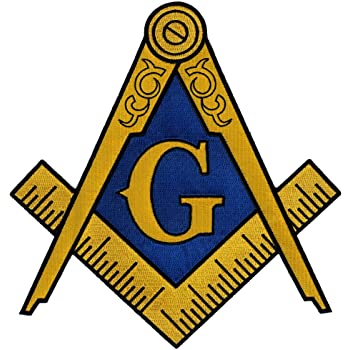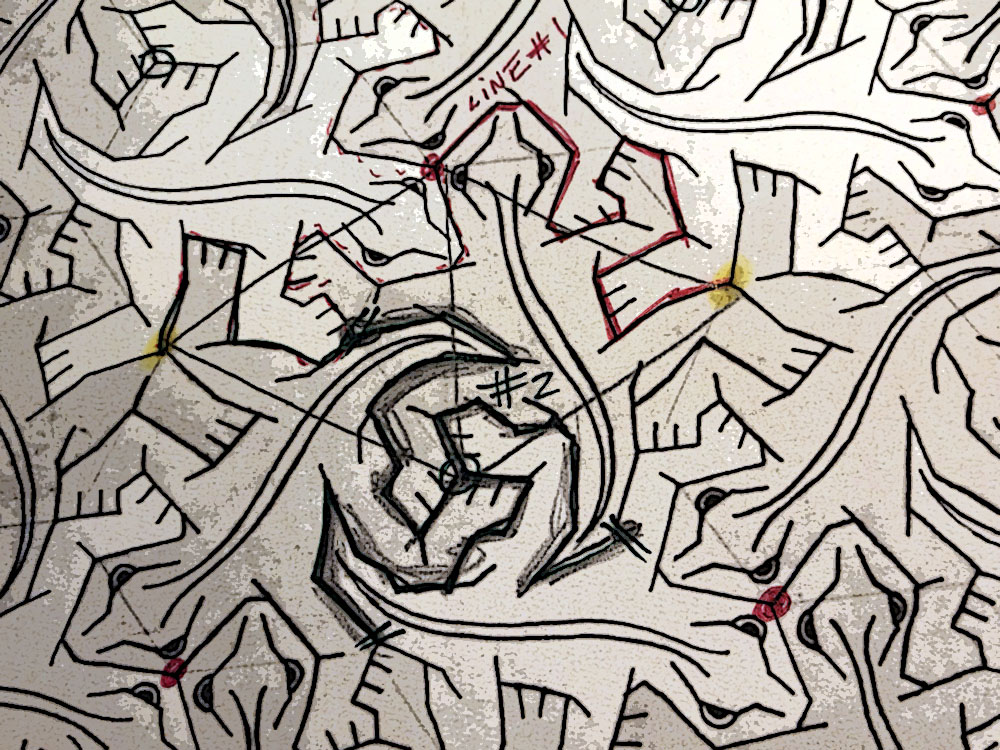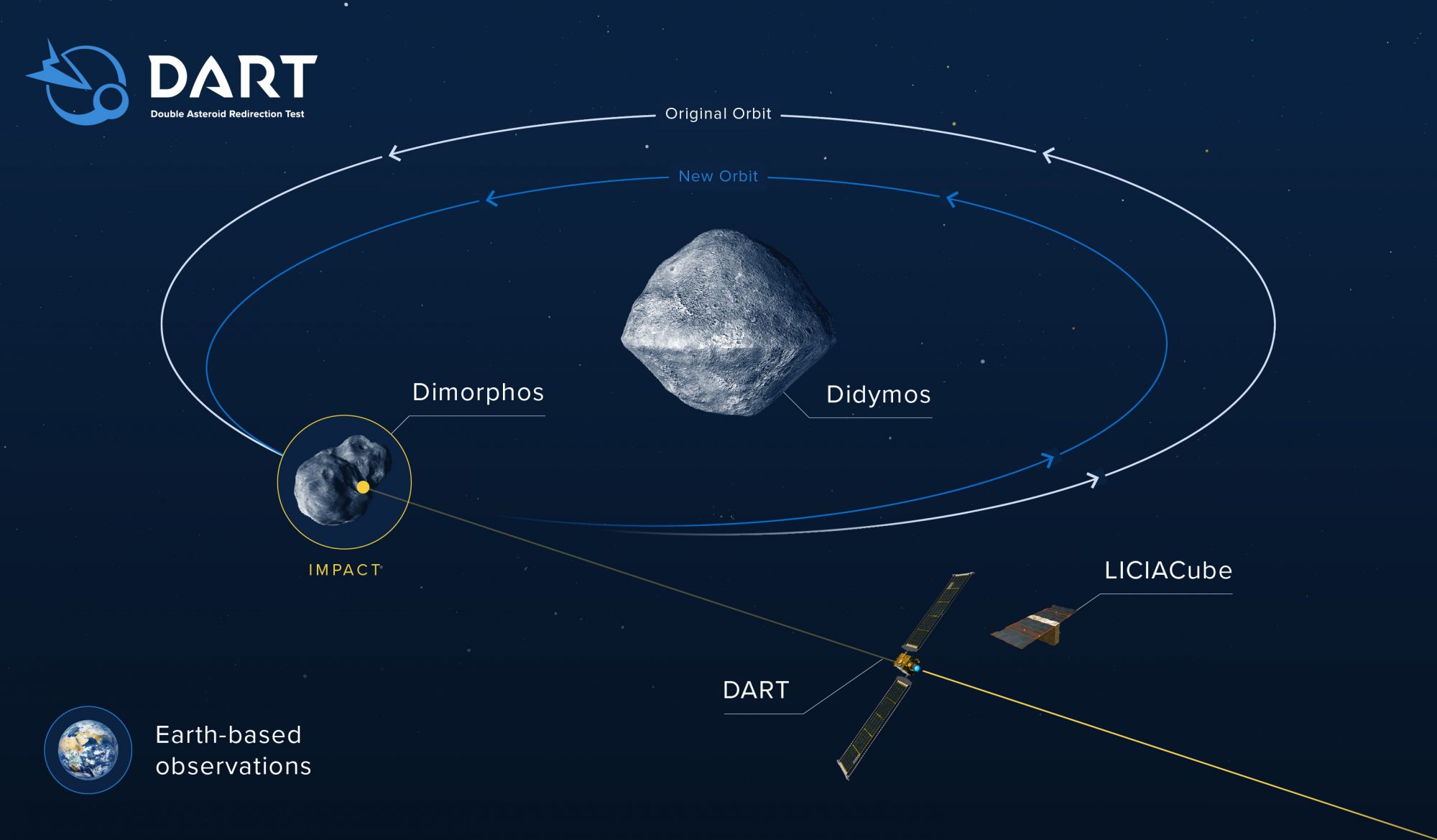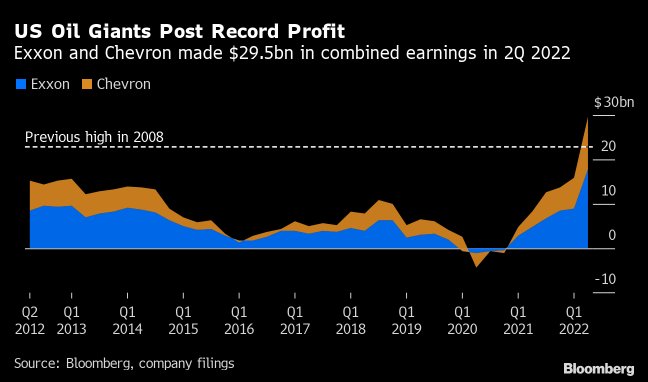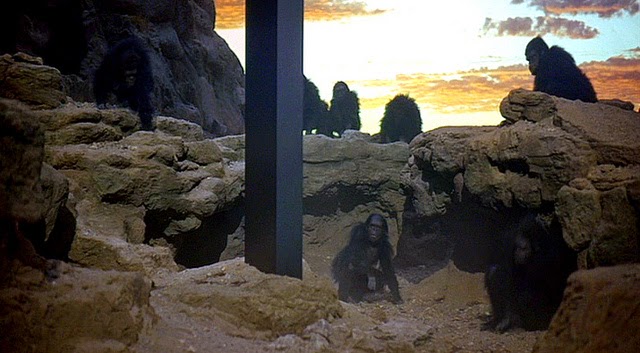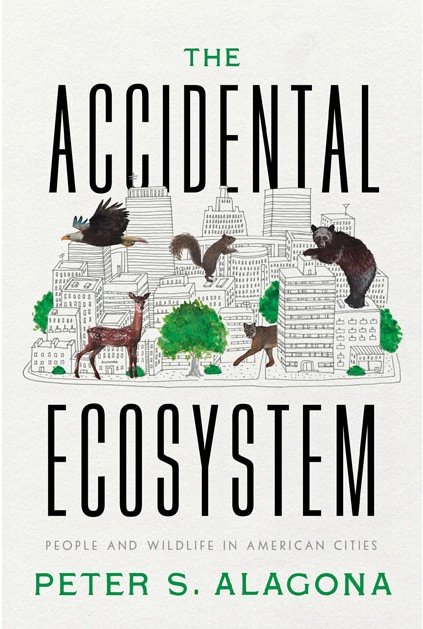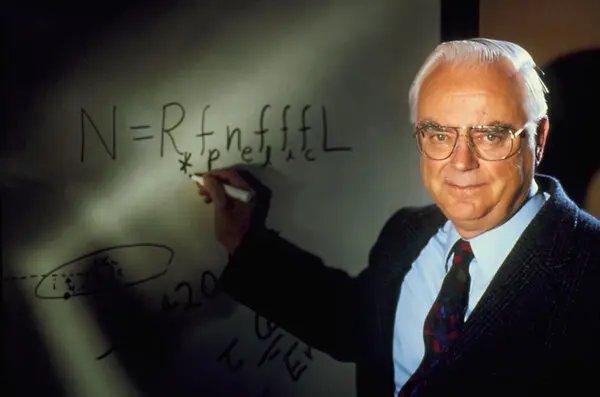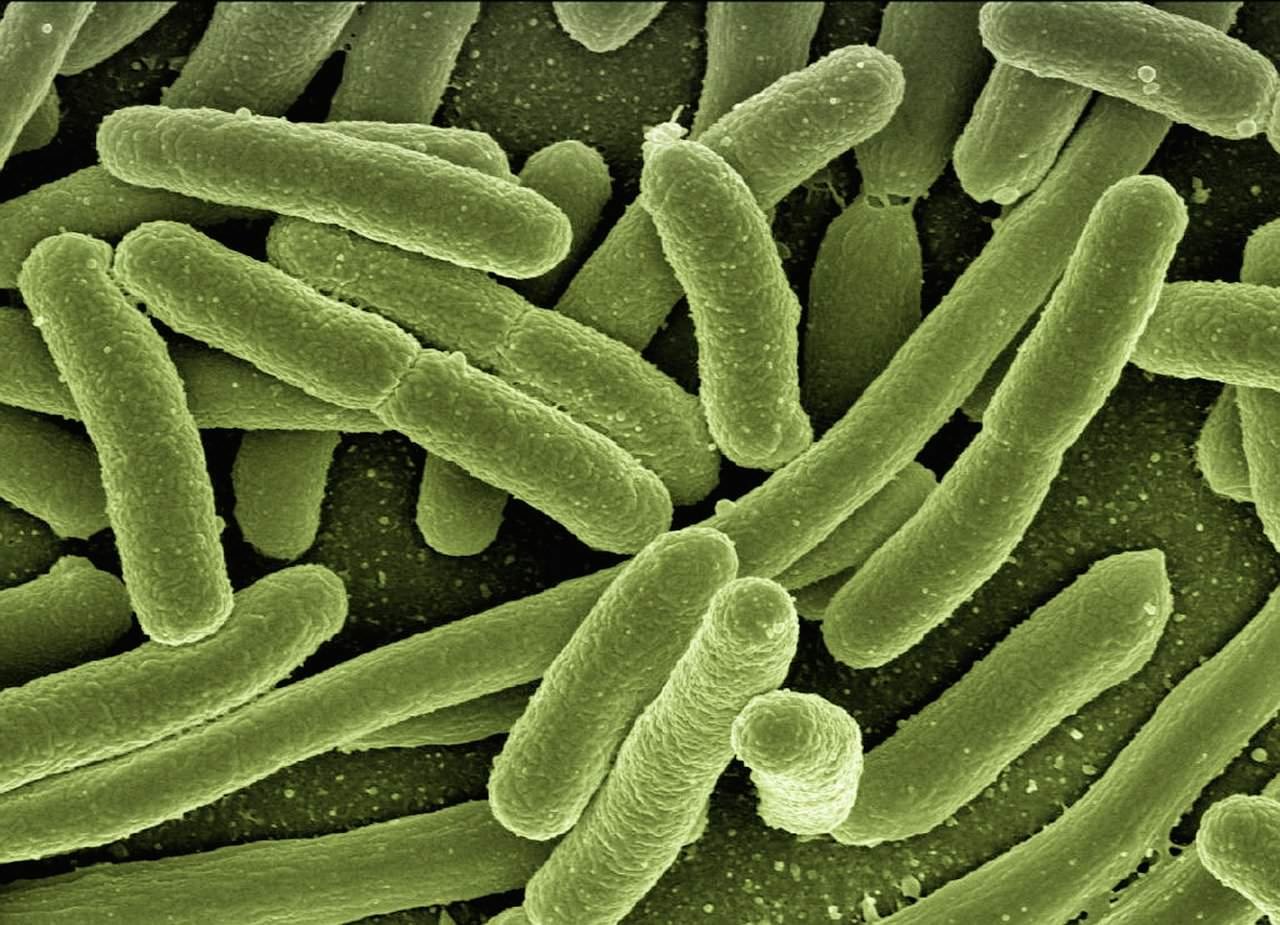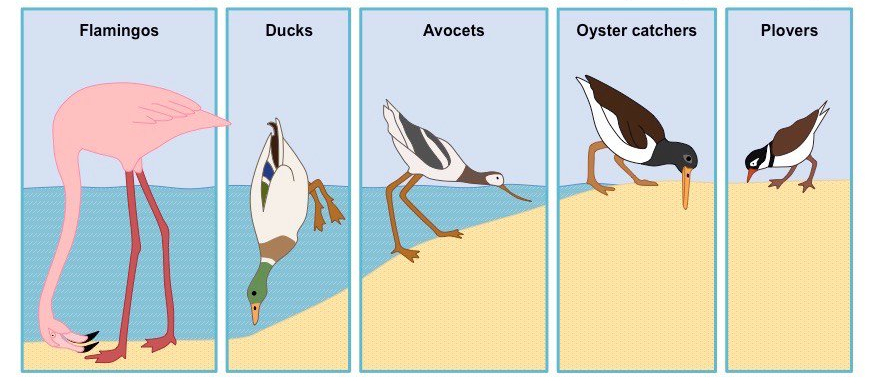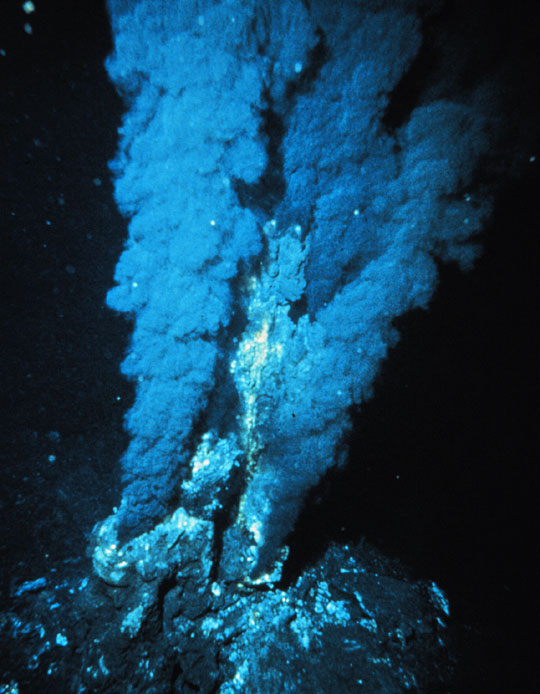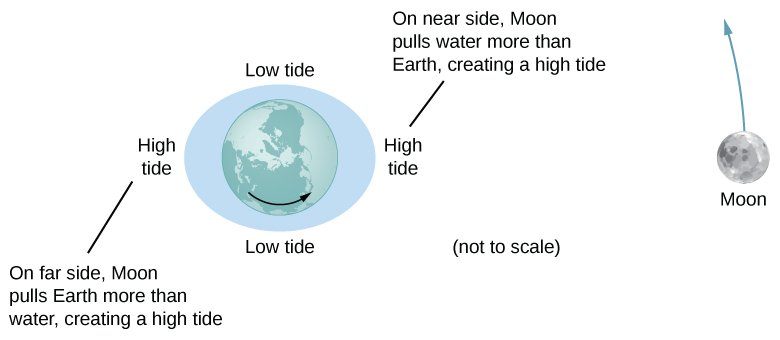In the last few centuries the science of chemistry has produced an uncounted number of miracle substances and materials that have played a major role in making modern civilization possible. Unfortunately many of those substances do not break down chemically once they have completed the job they were developed for. When we just throw them away they don’t just disappear but rather collect in the world around us until they become a nuisance or worse, a lethal hazard.

This dilemma first became an issue in the late 1950s and early 1960s when environmental scientists found that the insecticide Dichorodiphenyltrichloroethane (DDT) was building up in the streams and rivers causing enormous harm to fish and other wildlife. The manufacturers of DTT argued back. They declared that by killing disease carrying insects DDT had saved the lives of GIs fighting the Japanese in the jungles and islands of the Pacific in World War 2. Also after the war DDT had helped to eliminate malaria as a disease in the states along the Gulf coast. DDT had helped to make a large part of the US a healthier place to live.

All of that was perfectly true; DDT was a miracle, but a miracle that didn’t go away after it had served its purpose. When DDT was actually discovered in human mother’s milk even the manufacturers had to give up. Today the use of DDT is generally banned in the US although there are still some countries in the world where DDT continues to be used, if not always legally.

However the politicians and the general public never learned the lesson of DDT, that miracle chemicals can become a real problem if we don’t properly dispose or recycle them. Instead it was the manufacturers who learned to never admit that their miracles could ever become a problem. So today we have the petroleum industry that at first denied that was is such a thing as global warming and now trying to convince us that they are the solution.

Now two new studies have taken a frightening look at how potentially dangerous ‘miracle’ substances that we just toss into the environment after we no longer want them, are coming back and literally getting inside us. The studies deal with plastics and the so-called ‘forever chemicals’ that we use to coat our non-stick cookware, along with hundreds of other uses. Substances that we really have little knowledge about what their long term effect in our bodies will be.

Let’s start with the plastics. One of the big reasons that plastics are so much a part of our modern economy is that they are so stable. Plastics are really nothing more than very long chains of carbon and hydrogen, two elements that like each other so much that they simply do not break down chemically. That’s why plastics have become such a big trash problem; all of the plastics that we throw away just build up in dumps or rivers or the ocean.

While it’s true that plastics don’t break down chemically they can break down mechanically into smaller and smaller pieces. Your plastic soda bottle can, over the course of 30-50 years can become millions of tiny plastic micro-particles and nano-particles. And if you’re thinking that 30-50 years is a long time from now, remember all those 2-liter bottles you threw away back in the 1970s and 80s! A recent study estimated that there could be as much as 24.4 trillion pieces of micro-plastics in just the oceans.

Those tiny plastic particles are now pretty much everywhere, they’re in the oceans, they’re in the soil, in fact they are so small that they’ve even gotten into the air. Plastic particles have been found in fresh snow falling in Greenland, thousands of kilometers from any trash dump. Tiny plastic particles are literally everywhere on the surface of the Earth.

And they are in living creatures as well. Here’s how it works, whether it be ocean algae or grass in a field or vegetables in your garden the water and nutrients absorbed by plants now contains plastic micro and nano particles that are absorbed at the same time. As those plants are eaten, by fish or cows or you, the particles now get absorbed and concentrated. Think about it, a plant may have only a few plastic particles in it , but an animal eats a lot of plants so it ends up absorbing a few particles from each plant and winds up with a lot more particles. As you go higher up the food chain the concentration gets higher and since we humans are at the top the concentration will be highest in us.

Now a new study from the Environmental Working Group, a non-profit collection of environmental scientists, has discovered that sewage sludge, the byproduct that remains after urban wastewater has been treated at sewage plants around the world, is heavily contaminated with plastic micro-particles. Now that sewage sludge is rich in nutrients and commonly used as organic fertilizer on over 80,000 sq. kilometers of farmland here in the US, and as much again in Europe. Even as the sludge fertilizes the soil it is also spreading tiny pieces of plastic, a contamination that, since plastics don’t break down chemically, just increases in concentration even while being absorbed by the plants grown on the land. Plastics that will eventually get into our bodies.

What long term harm those plastic micro-particles will do in the human body is unknown at present, studies on the effects of plastic in living creatures have only begun. As the years go by however, and the amount of plastic in us grows it certainly can’t be beneficial.

Of course there are other, more harmful chemicals that also are getting absorbed into our bodies. A case in point are the so-called ‘forever chemicals’ technically known as polyfluoroalkyl substances or PFAS. Once again PFAS are extremely useful chemicals designed to be impervious to both water and heat and are commonly used in non-stick cookware, fire suppressant foam, fire resistant textiles and food packaging. However research has also clearly shown that PFAS are dangerous chemicals linked to health issues like liver disease, reduced immune responses and of course several types of cancer.

The problem is again that once we no longer want our used cookware or clothing we simply throw the PFAS laden objects into the trash. The PFAS then wind up in a trash dump or landfill where they simply increase in concentration while at the same time leaking into the local groundwater, eventually contaminating streams and rivers throughout the country.

Now a new study published in the journal Environmental Research has analyzed tests for PFAS in over 500 wild caught freshwater fish from streams and lakes across the country. The results of the tests showed a median level of PFAS in the fish of 9,500 nanogrammes per kilogram. This is an amount 278 times greater than that permitted in farm raised, commercially sold fish. In fact the study concluded that the amount of PFAS a person would be exposed to by eating one wild caught freshwater fish was equal to drinking PFAS contaminated water for a month.

So any freshwater fishermen out there, and I’m one of you, really need to be cautious about eating the fish you catch. Unless you’re certain that the location you’re fishing in is really clean, you’d better stick to catch and release. Not so much for the fish’s health as for yours.

Just two more examples of how our habit of just throwing away anything and everything we no longer have a use for is turning the entire planet into one big sewer.










